How to get it right: Using reinforcement in your foundations
One of our surveyors had a bit of a shock recently when visiting a site for a domestic extension.
They were called out to inspect reinforcement prior to concreting foundations but hadn’t been to site previously for an excavation or commencement inspection. The ‘builder’ proudly stood back and informed the officer that he had dug down 450mm but was still into filled ground so had decided to construct a reinforced raft foundation instead.
Better still, he was helping the environment by recycling shopping trolleys for the reinforcement.
"Every little helps" replied a bemused officer before explaining what was wrong. The project was subsequently abandoned because of the additional cost of doing it correctly and it reverted back to a patio area.
If you’re involved in constructing a raft foundation then there are some key factors that need to be considered to ensure that the reinforcement fabric is correctly installed. It’s an alternative if you can’t use a traditional strip or trench fill foundations but it's important to note that raft foundations aren’t suitable in all cases and usually need designing by a competent structural engineer.
Unlike suspended floors or strip foundations where mesh is just placed in the bottom of the concrete to act in tension, rafts usually have mesh in the top to resist compression from heavy point loads like internal walls and in the bottom for tension to spread the load across a wider surface.
Reinforcement key points
- Reinforcement comes in different sizes and grades but the most commonly used are 'A' and 'B' grade reinforcement. The table below shows you the bar sizes and centres for those commonly used:
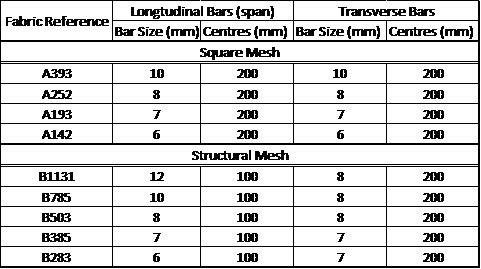
- Reinforcing fabric should be free from loose rust, oil, grease, mud and any other contaminants that may affect the durability of the concrete.
- Carbonation reduces the corrosion protection of the reinforcement by increasing porosity and decreasing alkalinity. Such corrosion can be reduced by providing as much concrete cover as possible. The appropriate level of concrete cover for reinforcement depends on the exposure of the concrete and its application – and is summarised below:
| Application (concrete position) | Minimum cover (mm) |
| Concrete in direct contact with the ground | 75 |
| All external applications e.g. shuttered walling | 50 |
| Floor slabs and other applications where concrete is cast onto a membrane | 40 |
| Concrete over blinding | 40 |
| Internal conditions | 25 |
Table courtesy of LABC Warranty Technical Manual (version 10)
- Reinforcement should be supported by proprietary chairs or spacers and can be made of concrete, plastic or steel. The thickness and depth of a concrete spacer should not exceed 50mm x 50mm. Spacers should be placed at a maximum of 1m centres, and when supporting mesh should be staggered to avoid planes of weakness in the concrete.
- Supports for top layers of reinforcement should also be chairs, or other proprietary products, and positioned to ensure that the top layer is sufficiently held in place and doesn’t just sink through the concrete (particularly when it's being poured or tamped down and walked over) and keeps the minimum cover to the surface.
- 'A’ grade reinforcement is usually specified where loading is limited and anti-cracking measures are needed. Whereas ‘B’ grade reinforcement is intended for structural uses where the loading is higher. ‘B’ grade reinforcement can be identified by the size of the longitudinal and transverse bars with the longitudinal bars spaced at 100mm centres and are always placed in the direction of span. Transverse bars are spaced at 200mm centres.
- Where reinforcement fabric overlaps the rule of thumb is a minimum overlap of two bars plus 50mm; however, laps should be designed by a competent structural engineer or suitable guidance followed such as Table 2 in the LABC Warranty Technical Standards which provides minimum lap dimensions for B fabric reinforcement.
- Laps should all be tied using wire binding.
Please note: LABC do not advocate the use of shopping basket/trolley mesh in foundations!
Further information
Technical Standards Manual V9 or the specific section on Foundations.
Please Note: Every care was taken to ensure the information was correct at the time of publication. Any written guidance provided does not replace the user’s professional judgement. It is the responsibility of the dutyholder or person carrying out the work to ensure compliance with relevant building regulations or applicable technical standards.
This article was updated on 2 August 2022
Sign up to the building bulletin newsletter
Over 48,000 construction professionals have already signed up for the LABC Building Bulletin.
Join them and receive useful tips, practical technical information and industry news by email once every 6 weeks.
Subscribe to the Building Bulletin
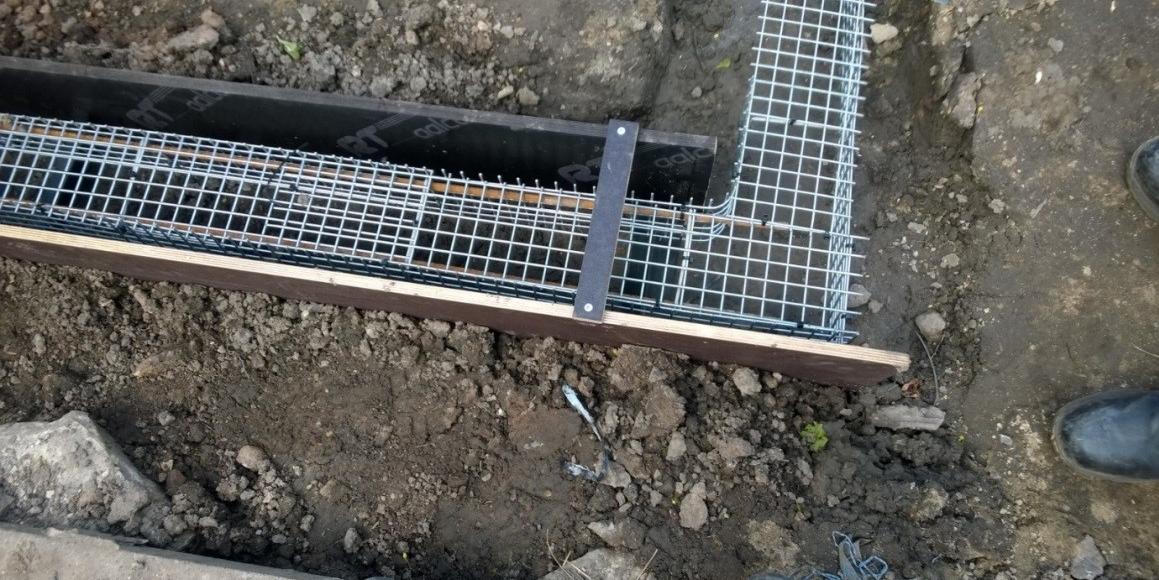
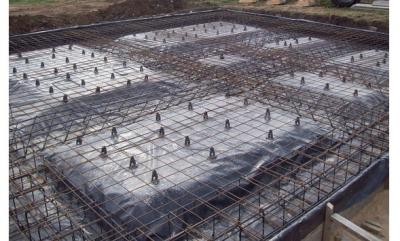
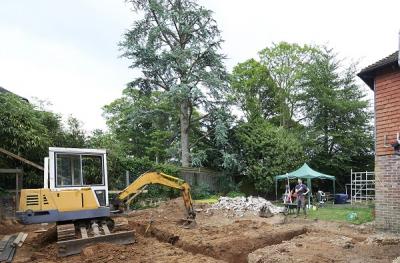
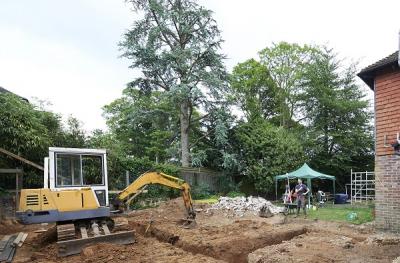

Comments
Supermarket shopping trolley
Submitted 6 years 7 months ago
Competency lacking
Submitted 6 years 7 months ago
Everyone registered for competency, vat and insurance. This situation cannot go on.
Wire binding
Submitted 6 years 7 months ago
Reply
Submitted 6 years 7 months ago
The function of the tie is to hold the reinforcement in position while the concrete is being poured. Materials other than steel wire can be used providing they are compatible with the concrete and the steel.
Thanks,
John Allen, LABC
B Mesh
Submitted 4 years 9 months ago
Reply
Submitted 4 years 9 months ago
You'll see the answer is in the article above, but here it is:
B grade fabric can be identified by the size of the longitudinal and transvers bars with the longitudinal bars spaced at 100mm centres and are always placed in the direction of span. Transverse bars are spaced at 200mm centres, as indicated in Table 3 of the LABC Warranty technical standards manual.
Kind regards
Barry, LABC
A393 Mesh
Submitted 4 years 8 months ago
Reply
Submitted 4 years 7 months ago
Any steel reinforcement added to pad foundations including overlap should be installed strictly in accordance with the structural engineer’s design details and calculations. Guidance in respect of the minimum overlap is included in the article namely ‘Where reinforcement fabric overlaps the rule of thumb is a minimum overlap of two bars plus 50mm i.e. 200 + 200 + 50 = 450mm but this can sometimes be reduced through engineered design to Eurocode 2’.
Kind regards
Martin, LABC
Depth of reinforcement mesh for bottom support in 400mm footings
Submitted 4 years 7 months ago
P.s thanks LABC for providing in depth information to get the job right!!!
Add new comment